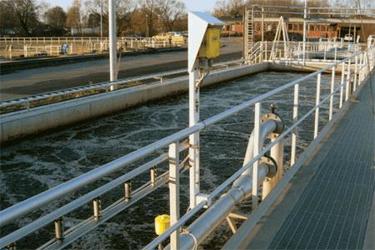Liquid Level/Interface Monitoring In Flocculant/Sludge Control
By Steven Craig, Sr. Member Technical Staff

In municipal and industrial wastewater treatment plants, sludge clarifiers are utilized to separate solids from the water treatment effluent system by introducing air and flocculants. This process results in the sludge rising to the top of the pond or tank and spilling over a weir into a separate collection area. The amount of air and flocculants are controlled by measuring the liquid level interface between the sludge and water.
Flocculants are used in both the treatment of municipal sewage and industrial wastewater. There are many different types of flocculant chemicals and wastewater treatment systems. Flocculants cause the suspended solids in wastewater to float to the top or sink to the bottom where they can be removed. They also can be used in stormwater treatment systems and in drinking water filtration. In industrial applications, they efficiently remove oil, heavy metals, ink, and other contaminants from water.
When selecting a sensing technology for liquid level/interface it is important to not only consider the process media and desired performance criteria, but the plant environment is important too.
Get unlimited access to:
Enter your credentials below to log in. Not yet a member of Water Online? Subscribe today.
